AMD A8-7410 vs Intel Core i3-1115G4
|
|
|
|
|
AMD A8-7410 vs Intel Core i3-1115G4
Comparison of the technical characteristics between the processors, with the AMD A8-7410 on one side and the Intel Core i3-1115G4 on the other side. The first is dedicated to the notebook sector, It has 4 cores, 4 threads, a maximum frequency of 2,5GHz. The second is used on the ultrabook segment, it has a total of 2 cores, 4 threads, its turbo frequency is set to 4,1 GHz. The following table also compares the lithography, the number of transistors (if indicated), the amount of cache memory, the maximum RAM memory capacity, the type of memory accepted, the release date, the maximum number of PCIe lanes, the values obtained in Geekbench 4 and Cinebench R15.
Note: Commissions may be earned from the links above.
This page contains references to products from one or more of our advertisers. We may receive compensation when you click on links to those products. For an explanation of our advertising policy, please visit this page.
Specifications:
| Processor | AMD A8-7410 | Intel Core i3-1115G4 | ||||||
| Market (main) | Notebook | Ultrabook | ||||||
| ISA | x86-64 (64 bit) | x86-64 (64 bit) | ||||||
| Microarchitecture | Puma | Willow Cove | ||||||
| Core name | Puma+ | Tiger Lake-UP3 | ||||||
| Family | A8-7000 | Core i3-1100 | ||||||
| Part number(s), S-Spec | AM7410ITJ44JB | FH8069004531602, SRK08 |
||||||
| Release date | Q2 2015 | Q3 2020 | ||||||
| Lithography | 28 nm | 10 nm SuperFin | ||||||
| Transistors | 930.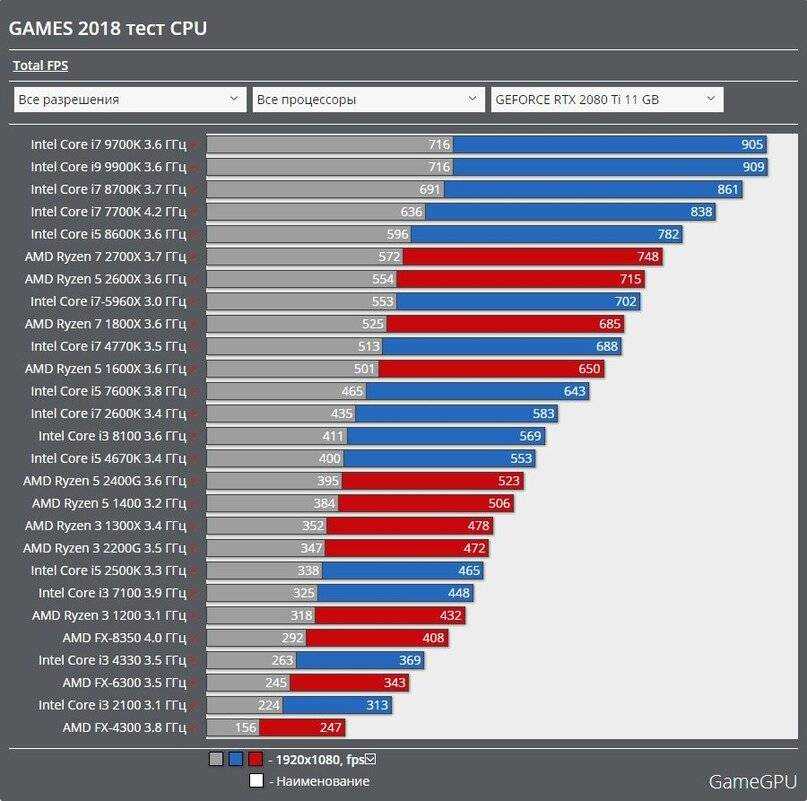 000.000 000.000 |
— | ||||||
| Cores | 4 | 2 | ||||||
| Threads | 4 | 4 | ||||||
| Base frequency | 2,2 GHz | 1,7 GHz | ||||||
| Turbo frequency | 2,5 GHz | 4,1 GHz | ||||||
| Cache memory | 2 MB | 6 MB | ||||||
| Max memory capacity | 8 GB | 64 GB | ||||||
| Memory types | DDR3-1866 | DDR4-3200, LPDDR4x-3733 | ||||||
| Max # of memory channels | 1 | 2 | ||||||
| Max PCIe lanes | 8 | 16 | ||||||
| TDP | 15 W | 28 W | ||||||
| GPU integrated graphics | AMD Radeon R5 Mobile Graphics (Beema) | Intel Iris Plus Graphics G4 | ||||||
| GPU cores | 8 | — | ||||||
| GPU execution units | — | 48 | ||||||
| GPU shading units | 128 | 384 | ||||||
| GPU base clock | 800 MHz | 300 MHz | ||||||
| GPU boost clock | 847 MHz | 1250 MHz | ||||||
| GPU FP32 floating point | 216,8 GFLOPS | 806,4 GFLOPS | ||||||
| Socket | BGA | BGA1449 | ||||||
| Maximum temperature | 90°C | 100°C | ||||||
| AI accelerator | — | Gaussian & Neural Accelerator, Deep Learning Boost |
||||||
| Crypto engine | — | AES New Instructions | ||||||
| Security | — | OS Guard, Boot Guard, Mode-based Execute Control, Control-Flow Enforcement Technology |
||||||
| CPU-Z single thread | 170 | 494 | ||||||
| CPU-Z multi thread | 639 | 1. 338 338 |
||||||
| Cinebench R15 single thread | 70 | 197 | ||||||
| Cinebench R15 multi-thread | 170 | 378 | ||||||
| Cinebench R20 single thread | 134 | 496 | ||||||
| Cinebench R20 multi-thread | 327 | 953 | ||||||
| PassMark single thread | 792 | 2.842 | ||||||
| PassMark CPU Mark | 1.817 | 6.309 | ||||||
| (Windows 64-bit) Geekbench 4 single core |
1.280 | 5.495 | ||||||
| (Windows 64-bit) Geekbench 4 multi-core |
3.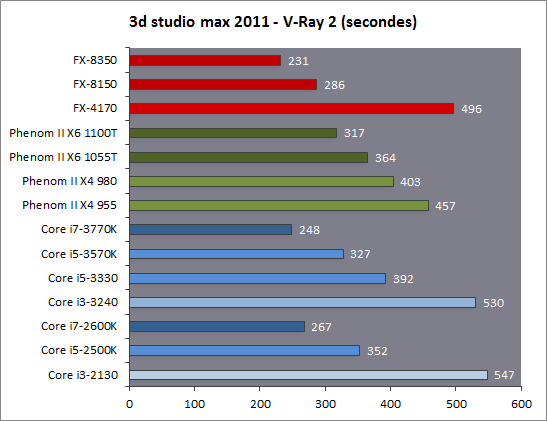 195 195 |
11.647 | ||||||
| (Windows) Geekbench 5 single core |
273 | 1.175 | ||||||
| (Windows) Geekbench 5 multi-core |
806 | 2.306 | ||||||
| (SGEMM) GFLOPS performance |
24,22 GFLOPS | 207,4 GFLOPS | ||||||
| (Multi-core / watt performance) Performance / watt ratio |
213 pts / W | 416 pts / W | ||||||
| Amazon | ||||||||
| eBay |
Note: Commissions may be earned from the links above.
We can better compare what are the technical differences between the two processors.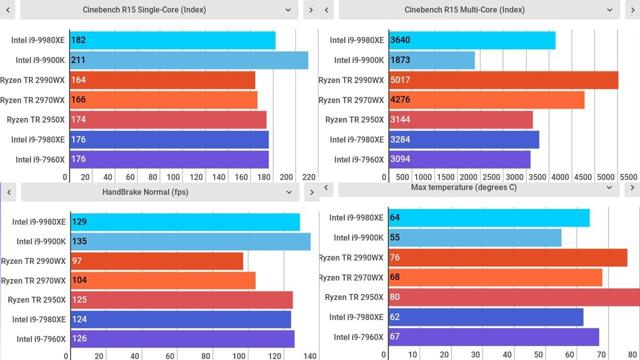
Price: For technical reasons, we cannot currently display a price less than 24 hours, or a real-time price. This is why we prefer for the moment not to show a price. You should refer to the respective online stores for the latest price, as well as availability.
The processor AMD A8-7410 has more cores, the turbo frequency of Intel Core i3-1115G4 is bigger, that the PDT of AMD A8-7410 is lower. The Intel Core i3-1115G4 was started more recently.
Performances :
Performance comparison between the two processors, for this we consider the results generated on benchmark software such as Geekbench 4.
| CPU-Z — Multi-thread & single thread score | |
|---|---|
| Intel Core i3-1115G4 |
494 1.338 |
| AMD A8-7410 |
170 639 |
In single core, the difference is 191%. In multi-core, the difference in terms of gap is 109%.
In multi-core, the difference in terms of gap is 109%.
Note: Commissions may be earned from the links above. These scores are only an
average of the performances got with these processors, you may get different results.
CPU-Z is a system information software that provides the name of the processor, its model number, the codename, the cache levels, the package, the process. It can also gives data about the mainboard, the memory. It makes real time measurement, with finally a benchmark for the single thread, as well as for the multi thread.
| Cinebench R15 — Multi-thread & single thread score | |
|---|---|
| Intel Core i3-1115G4 |
197 378 |
| AMD A8-7410 |
70 170 |
In single core, the difference is 181%. In multi-core, the difference in terms of gap is 122%.
Note: Commissions may be earned from the links above. These scores are only an
average of the performances got with these processors, you may get different results.
Cinebench R15 evaluates the performance of CPU calculations by restoring a photorealistic 3D scene. The scene has 2,000 objects, 300,000 polygons, uses sharp and fuzzy reflections, bright areas, shadows, procedural shaders, antialiasing, and so on. The faster the rendering of the scene is created, the more powerful the PC is, with a high number of points.
| Cinebench R20 — Multi-thread & single thread score | |
|---|---|
| Intel Core i3-1115G4 |
496 953 |
| AMD A8-7410 |
134 327 |
In single core, the difference is 270%. In multi-core, the difference in terms of gap is 191%.
Note: Commissions may be earned from the links above. These scores are only an
average of the performances got with these processors, you may get different results.
Cinebench R20 is a multi-platform test software which allows to evaluate the hardware capacities of a device such as a computer, a tablet, a server. This version of Cinebench takes into account recent developments in processors with multiple cores and the latest improvements in rendering techniques. The evaluation is ultimately even more relevant.
| PassMark — CPU Mark & single thread | |
|---|---|
| Intel Core i3-1115G4 |
2.842 6.309 |
| AMD A8-7410 |
792 1.817 |
In single core, the difference is 259%. In multi-core, the difference in terms of gap is 247%.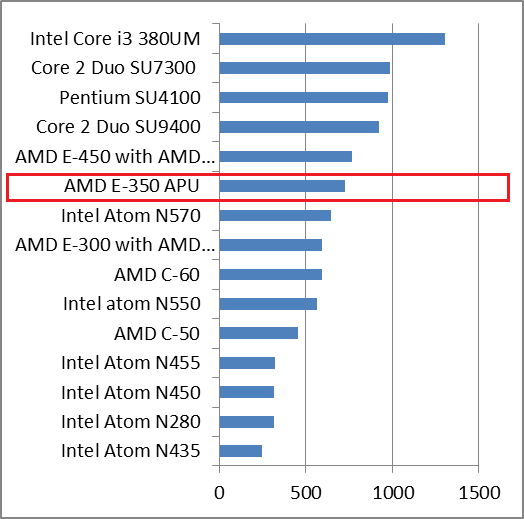
Note: Commissions may be earned from the links above. These scores are only an
average of the performances got with these processors, you may get different results.
PassMark is a benchmarking software that performs several performance tests including prime numbers, integers, floating point, compression, physics, extended instructions, encoding, sorting. The higher the score is, the higher is the device capacity.
On Windows 64-bit:
| Geekbench 4 — Multi-core & single core score — Windows 64-bit | |
|---|---|
| Intel Core i3-1115G4 |
5.495 11.647 |
| AMD A8-7410 |
1.280 3.195 |
In single core, the difference is 329%. In multi-core, the difference in terms of gap is 265%.
On Linux 64-bit:
| Geekbench 4 — Multi-core & single core score — Linux 64-bit | |
|---|---|
| Intel Core i3-1115G4 |
5. 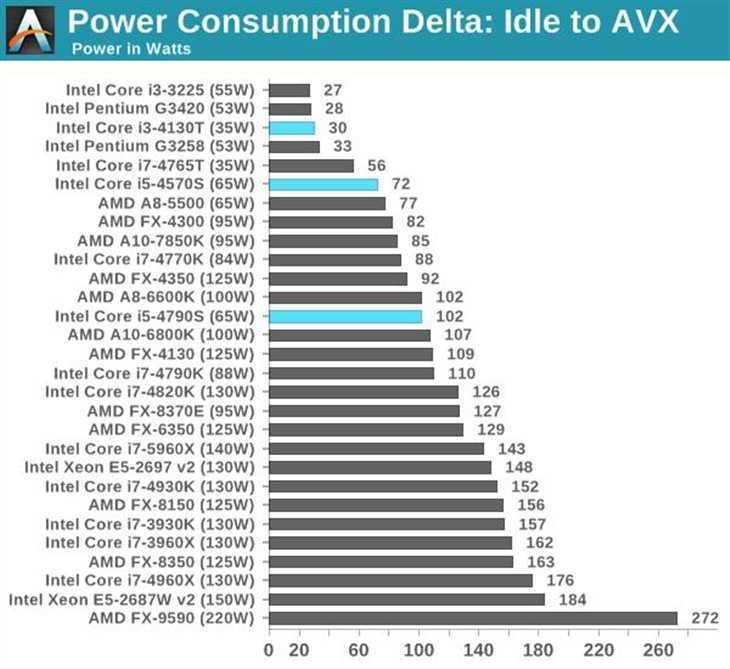 959 95911.539 |
| AMD A8-7410 |
1.157 2.131 |
In single core, the difference is 415%. In multi-core, the difference in terms of gap is 441%.
On Android 64-bit:
| Geekbench 4 — Multi-core & single core score — Android 64-bit | |
|---|---|
| Intel Core i3-1115G4 |
5.543 12.036 |
| AMD A8-7410 |
1.258 3.030 |
In single core, the difference is 341%. In multi-core, the difference in terms of gap is 297%.
Note: Commissions may be earned from the links above. These scores are only an
average of the performances got with these processors, you may get different results.
Geekbench 4 is a complete benchmark platform with several types of tests, including data compression, images, AES encryption, SQL encoding, HTML, PDF file rendering, matrix computation, Fast Fourier Transform, 3D object simulation, photo editing, memory testing. This allows us to better visualize the respective power of these devices. For each result, we took an average of 250 values on the famous benchmark software.
This allows us to better visualize the respective power of these devices. For each result, we took an average of 250 values on the famous benchmark software.
On Windows:
| Geekbench 5 — Multi-core & single core score — Windows | |
|---|---|
| Intel Core i3-1115G4 |
1.175 2.306 |
| AMD A8-7410 |
273 806 |
In single core, the difference is 330%. In multi-core, the difference in terms of gap is 186%.
On Linux:
| Geekbench 5 — Multi-core & single core score — Linux | |
|---|---|
| Intel Core i3-1115G4 |
986 1.800 |
| AMD A8-7410 |
284 862 |
In single core, the difference is 247%.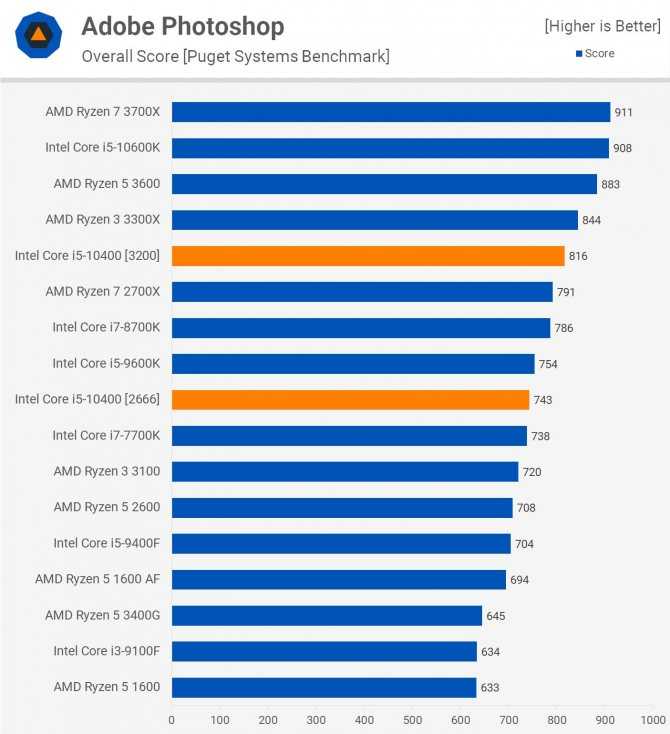 In multi-core, the difference in terms of gap is 109%.
In multi-core, the difference in terms of gap is 109%.
On Android:
| Geekbench 5 — Multi-core & single core score — Android | |
|---|---|
| Intel Core i3-1115G4 |
1.169 2.061 |
| AMD A8-7410 |
300 896 |
In single core, the difference is 290%. In multi-core, the difference in terms of gap is 130%.
Note: Commissions may be earned from the links above. These scores are only an
average of the performances got with these processors, you may get different results.
Geekbench 5 is a software for measuring the performance of a computer system, for fixed devices, mobile devices, servers. This platform makes it possible to better compare the power of the CPU, the computing power and to compare it with similar or totally different systems. Geekbench 5 includes new workloads that represent work tasks and applications that we can find in reality.
Geekbench 5 includes new workloads that represent work tasks and applications that we can find in reality.
Equivalence:
AMD A8-7410 Intel equivalentIntel Core i3-1115G4 AMD equivalent
See also:
Intel Core i3-1115G4EIntel Core i3-1115GRE
AMD A8-6410 vs. Intel Core i3-8130U
AMD A8-6410
The AMD A8-6410 operates with 4 cores and 4 CPU threads. It run at 2.40 GHz base 2.40 GHz all cores while the TDP is set at 15 W.The processor is attached to the AM1 CPU socket. This version includes 2.00 MB of L3 cache on one chip, supports 2 memory channels to support DDR3L-1600 SO-DIMM RAM and features PCIe Gen lanes. Tjunction keeps below — degrees C. In particular, Richland (Piledriver) Architecture is enhanced with 32 nm technology and supports AMD-V. The product was launched on Q2/2014
Intel Core i3-8130U
The Intel Core i3-8130U operates with 2 cores and 4 CPU threads. It run at 3.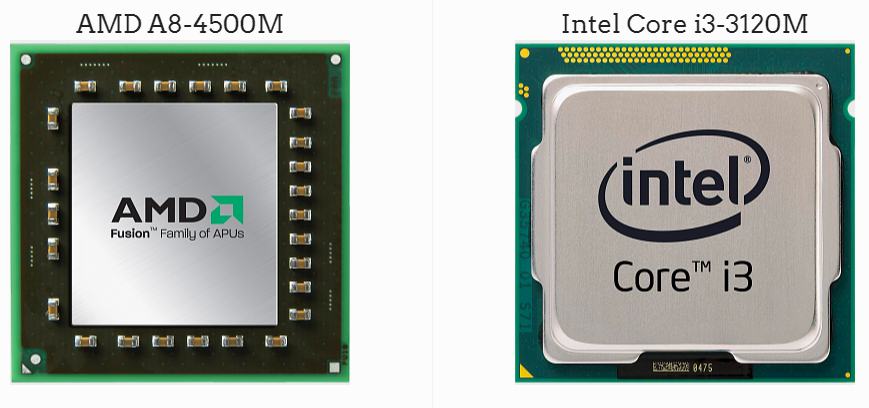 40 GHz base 2.80 GHz all cores while the TDP is set at 15 W.The processor is attached to the BGA 1356 CPU socket. This version includes 4.00 MB of L3 cache on one chip, supports 2 memory channels to support DDR4-2400 SO-DIMM RAM and features 3.0 PCIe Gen 12 lanes. Tjunction keeps below — degrees C. In particular, Kaby Lake U Refresh Architecture is enhanced with 14 nm technology and supports VT-x, VT-x EPT, VT-d. The product was launched on Q1/2018
40 GHz base 2.80 GHz all cores while the TDP is set at 15 W.The processor is attached to the BGA 1356 CPU socket. This version includes 4.00 MB of L3 cache on one chip, supports 2 memory channels to support DDR4-2400 SO-DIMM RAM and features 3.0 PCIe Gen 12 lanes. Tjunction keeps below — degrees C. In particular, Kaby Lake U Refresh Architecture is enhanced with 14 nm technology and supports VT-x, VT-x EPT, VT-d. The product was launched on Q1/2018
AMD A8-6410
Intel Core i3-8130U
Compare Detail
| 2.00 GHz | Frequency | 2.20 GHz |
| 4 | Cores | 2 |
| 2.40 GHz | Turbo (1 Core) | 3.40 GHz |
| 2.40 GHz | Turbo (All Cores) | 2.80 GHz |
| No | Hyperthreading | Yes |
| No | Overclocking | No |
| normal | Core Architecture | normal |
| AMD Radeon R5 — 128 (Beema) | GPU |
Intel UHD Graphics 620 |
| No turbo | GPU (Turbo) | 1.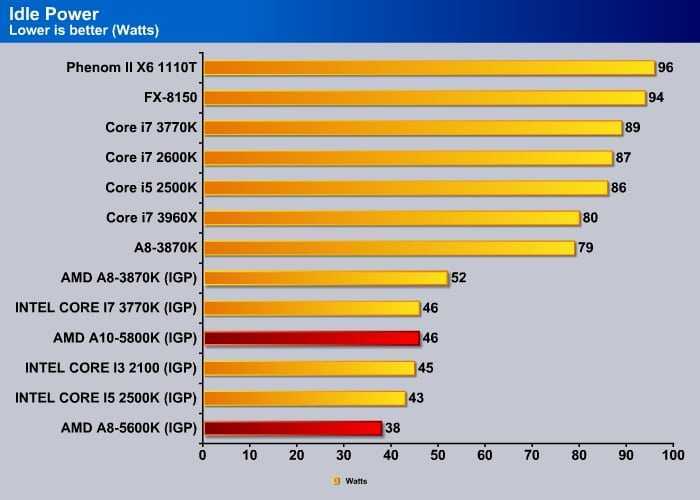 00 GHz 00 GHz |
| 32 nm | Technology | 14 nm |
| No turbo | GPU (Turbo) | 1.00 GHz |
| 12 | DirectX Version | 12 |
| 2 | Max. displays | 3 |
| DDR3L-1600 SO-DIMM | Memory | DDR4-2400 SO-DIMM |
| 2 | Memory channels | 2 |
| Max memory | ||
| No | ECC | Yes |
| — | L2 Cache | — |
| 2.00 MB | L3 Cache | 4.00 MB |
| PCIe version | 3.0 | |
| PCIe lanes | 12 | |
| 32 nm | Technology | 14 nm |
| AM1 | Socket | BGA 1356 |
| 15 W | TDP | 15 W |
| AMD-V | Virtualization | VT-x, VT-x EPT, VT-d |
| Q2/2014 | Release date | Q1/2018 |
|
Show more data |
Show more data |
Cinebench R23 (Single-Core)
Cinebench R23 is the successor of Cinebench R20 and is also based on the Cinema 4 Suite.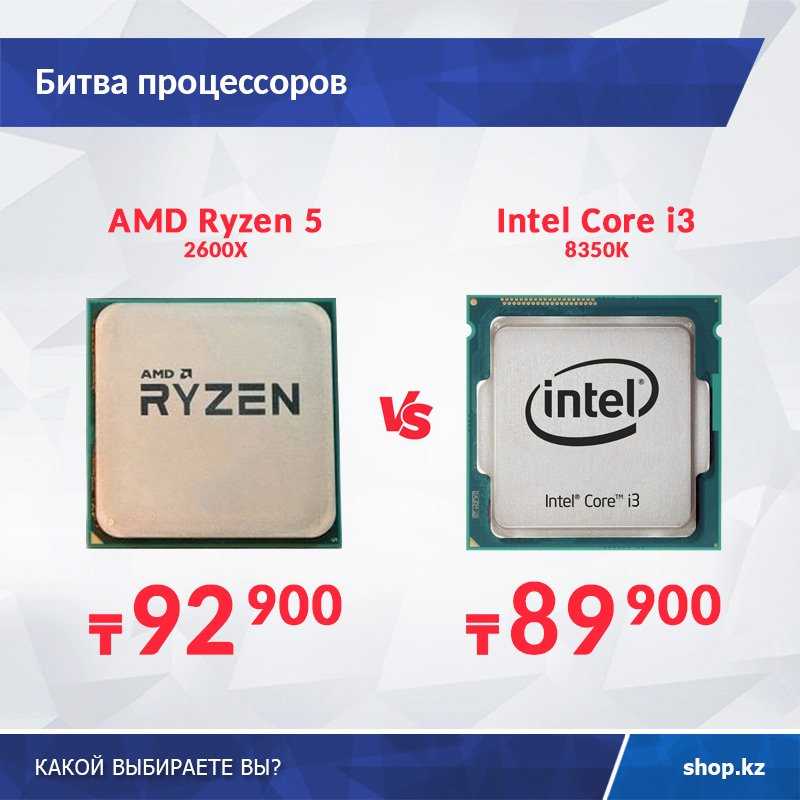 Cinema 4 is a worldwide used software to create 3D forms. The single-core test only uses one CPU core, the amount of cores or hyperthreading ability doesn’t count.
Cinema 4 is a worldwide used software to create 3D forms. The single-core test only uses one CPU core, the amount of cores or hyperthreading ability doesn’t count.
Cinebench R23 (Multi-Core)
Cinebench R23 is the successor of Cinebench R20 and is also based on the Cinema 4 Suite. Cinema 4 is a worldwide used software to create 3D forms. The multi-core test involves all CPU cores and taks a big advantage of hyperthreading.
Cinebench R20 (Single-Core)
Cinebench R20 is the successor of Cinebench R15 and is also based on the Cinema 4 Suite. Cinema 4 is a worldwide used software to create 3D forms. The single-core test only uses one CPU core, the amount of cores or hyperthreading ability doesn’t count.
Cinebench R20 (Multi-Core)
Cinebench R20 is the successor of Cinebench R15 and is also based on the Cinema 4 Suite. Cinema 4 is a worldwide used software to create 3D forms. The multi-core test involves all CPU cores and taks a big advantage of hyperthreading.
Cinebench R15 (Single-Core)
Cinebench R15 is the successor of Cinebench 11.5 and is also based on the Cinema 4 Suite. Cinema 4 is a worldwide used software to create 3D forms. The single-core test only uses one CPU core, the amount of cores or hyperthreading ability doesn’t count.
Cinebench R15 (Multi-Core)
Cinebench R15 is the successor of Cinebench 11.5 and is also based on the Cinema 4 Suite. Cinema 4 is a worldwide used software to create 3D forms. The multi-core test involves all CPU cores and taks a big advantage of hyperthreading.
Geekbench 5, 64bit (Single-Core)
Geekbench 5 is a cross plattform benchmark that heavily uses the systems memory. A fast memory will push the result a lot. The single-core test only uses one CPU core, the amount of cores or hyperthreading ability doesn’t count.
Geekbench 5, 64bit (Multi-Core)
Geekbench 5 is a cross plattform benchmark that heavily uses the systems memory. A fast memory will push the result a lot.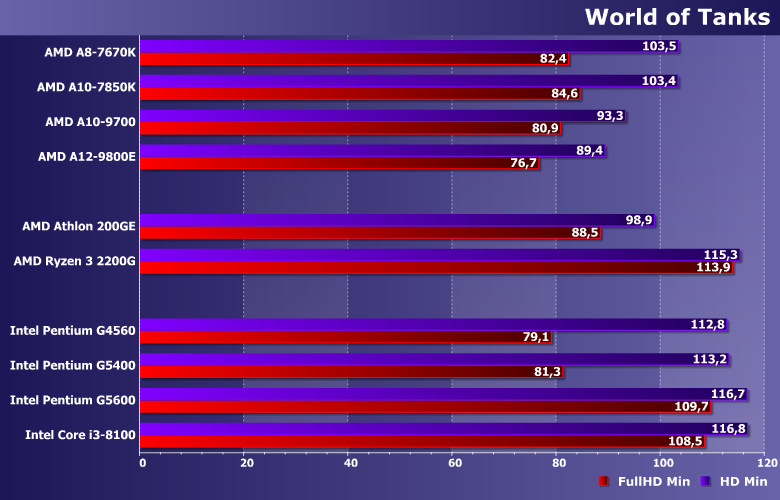 The multi-core test involves all CPU cores and taks a big advantage of hyperthreading.
The multi-core test involves all CPU cores and taks a big advantage of hyperthreading.
iGPU — FP32 Performance (Single-precision GFLOPS)
The theoretical computing performance of the internal graphics unit of the processor with simple accuracy (32 bit) in GFLOPS. GFLOPS indicates how many billion floating point operations the iGPU can perform per second.
Geekbench 3, 64bit (Single-Core)
Geekbench 3 is a cross plattform benchmark that heavily uses the systems memory. A fast memory will push the result a lot. The single-core test only uses one CPU core, the amount of cores or hyperthreading ability doesn’t count.
Geekbench 3, 64bit (Multi-Core)
Geekbench 3 is a cross plattform benchmark that heavily uses the systems memory. A fast memory will push the result a lot. The multi-core test involves all CPU cores and taks a big advantage of hyperthreading.
Cinebench R11.5, 64bit (Single-Core)
Cinebench 11.5 is based on the Cinema 4D Suite, a software that is popular to generate forms and other stuff in 3D.
